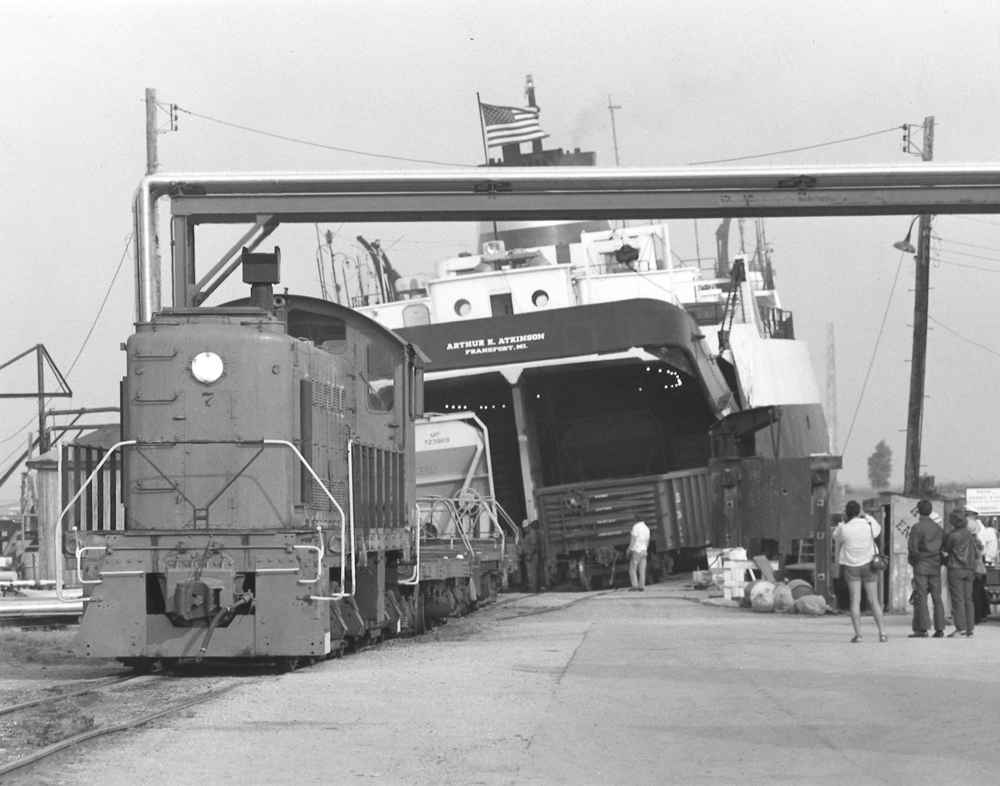
Michigan was and still is no stranger to railroads small yet unique enough to attract a following. The former Ann Arbor Railroad, not to be confused with today’s incarnation under Watco, certainly fit the bill with these 5 traits of the Ann Arbor Railroad that range from quirky to charming.
More car ferry than railroad: Though initially conceived in 1855 to compete with the Michigan Central Railroad for the Toledo, Ohio-Ann Arbor, Mich. corridor, lawyer and businessman James M. Ashley dreamed of a main line reaching the eastern shores of Lake Michigan and offering the first cross-lake car ferry service. After acquiring the unfinished Toledo, Ann Arbor & Northern Railroad in 1877, Ashley completed the Toledo-Ann Arbor connection and headed northwest with a series of company reformations, leases, acquisitions, and detours along the way. The then Toledo, Ann Arbor & North Michigan Railroad reached Frankfort and ultimately Lake Michigan in 1889, at a total distance of 292 miles.
Ferry service began in 1892 out of Frankfort, eventually heading toward Manitowoc, Kewaunee, Wis., Menominee, and Manistique, Mich. during its 90-year lifespan. While the Pere Marquette Railway (later Chesapeake & Ohio Railway) would make its own splash in car ferries beginning in 1897, the Ann Arbor remained mostly at the business’ forefront. This was thanks in part to the innovation of vessel design and construction, as well as stacking up more shipping miles by fresh water than rail.
It came at a price: Connecting to Lake Michigan meant bypassing Chicago traffic . The Ann Arbor Railroad would eventually bypass many major populated areas and industries heading north of its namesake city. Attempts were made to diverge to other growing cities during the initial construction toward Frankfort, but such plans fell through. Ashley’s hastily dream of a direct route to Lake Michigan’s car ferry business came at a price, as most of the freight would have to be supplied by other railroads.
The color scheme of the FA diesels on Frankford–Toledo train FT-2 reflects the Wabash’s control of the Ann Arbor. The fall 1960 scene is at Durand, 12 miles east of Owosso. Russ Porter photo
Little Orphan Annie: An 1893 strike by the Brotherhood of Locomotive Engineers resulted in the railroad’s bankruptcy with Ashley no longer at the helm. The company would come out of receivership with its renowned Ann Arbor Railroad name set in stone, though would find itself in a carousel of being under one custody after another. First came the newly formed Detroit, Toledo & Ironton Railway buying 72% of stock in 1905. Despite improvements, poor financial decisions resulted in reorganization of the DT&I with the court determining the stock purchase was illegal.
The Ann Arbor was sold at auction on Nov. 25, 1910, to Joseph Ramsey and a group of investors. The next 15 years was an impressive turnaround that it caught the attention of another railroad during the Roaring Twenties. The Wabash took control of the AA on Nov. 2, 1925, and kept it going through the Great Depression, World War II, dieselization, and the postwar era.
As the Wabash, Nickel Plate Road and Norfolk & Western planned to merge in the 1960s, the latter wanted the Ann Arbor out of the equation. [Who to step in for the little orphan “Annie” became a familiar name.] The DT&I, then under control of the Pennsylvania Co., took over the railroad again on Aug. 31, 1963. It would be the final time.
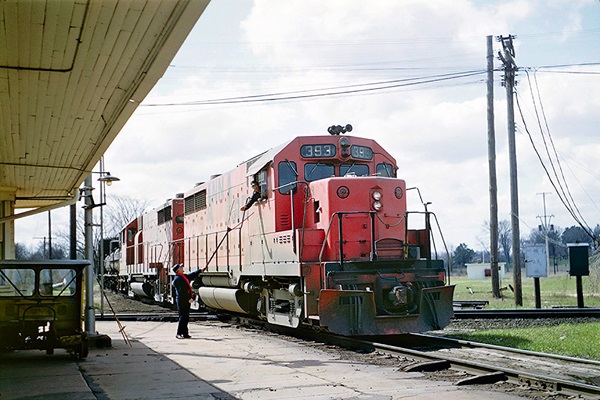
The Frankenstein fleet: The second era under the Detroit, Toledo & Ironton introduced 10 EMD GP35 diesels in 1964. They were to (mostly) replace the Ann Arbor’s tired fleet of FA2s from the Wabash era. As part of a trade-in credit to reduce costs from the sale, the Alco trucks and General Electric traction motors were swapped out from the retired FA2s and placed under the new GP35s. This “Frankenstein” fleet became the backbone long after the AA’s demise. Some are still operating today on home rails as part of the Great Lakes Central Railroad.
A house divided: The decline in traffic, both by rail and water, caught up with the AA and the DT&I. Bankruptcy for the former occurred in 1973, followed by the State of Michigan purchasing all assets to keep the wheels turning. The Ann Arbor Railroad name would vanish (temporarily), with the car ferry service and the rail section between Frankfort and Yama, Mich. to follow in April 1982.
Since that time, what remains of the former Ann Arbor main line is still state-owned and has been split into two operating freight short lines. The regional Great Lakes Central runs from Cadillac to Osmer, Mich., while today’s incarnation of the Ann Arbor Railroad under Watco handles the remaining portion to Toledo.
Watco has been an equity investor in GLC since 2013, and on March 6, 2025, announced its plan to assume full operations from Federated Railways Inc. The company of multiple short line and regional railroads throughout North America and Australia will begin operations pending approval by the Surface Transportation Board.





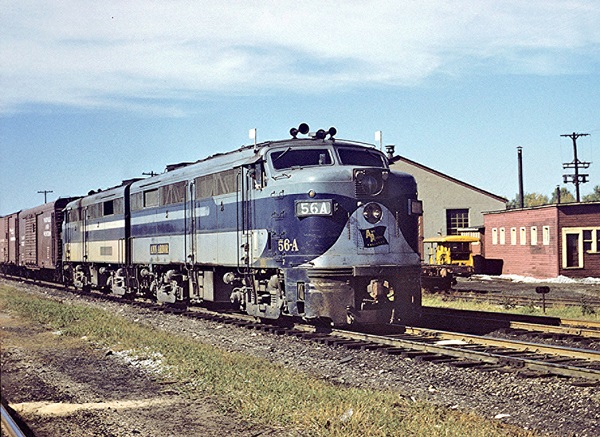

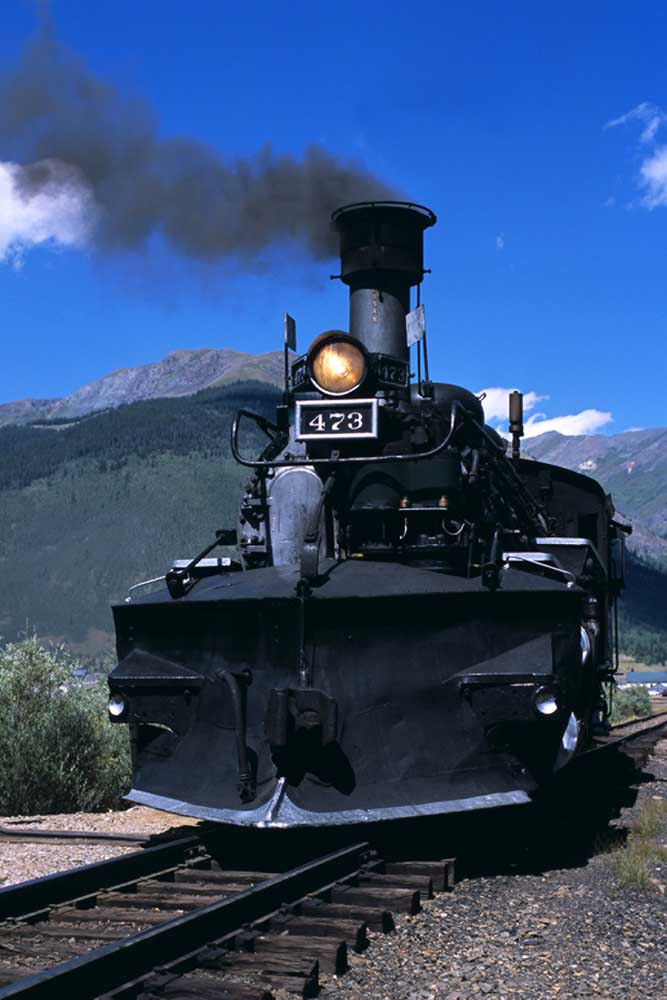
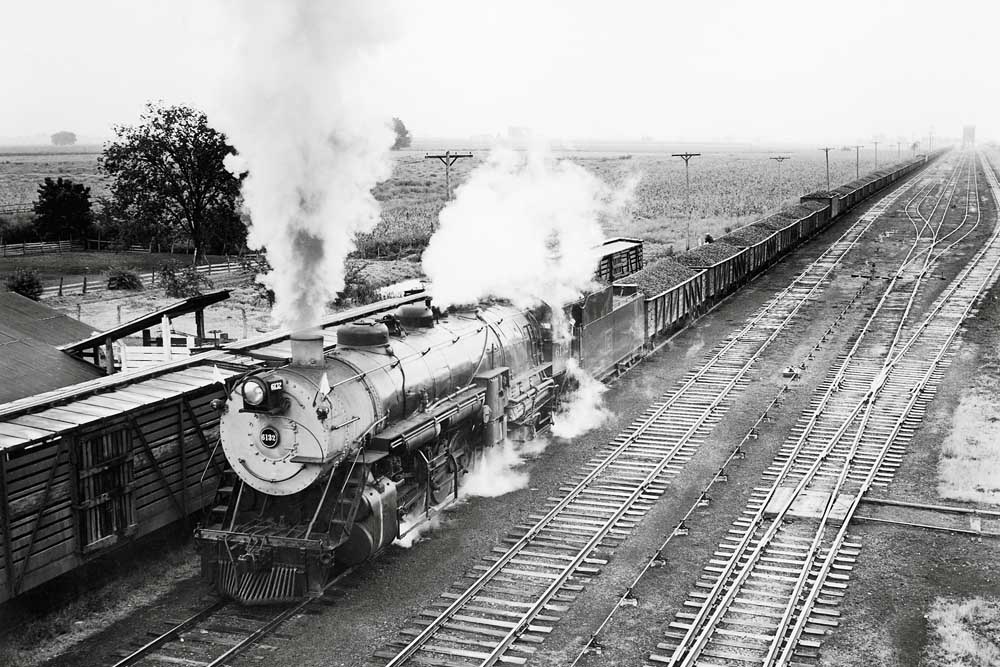
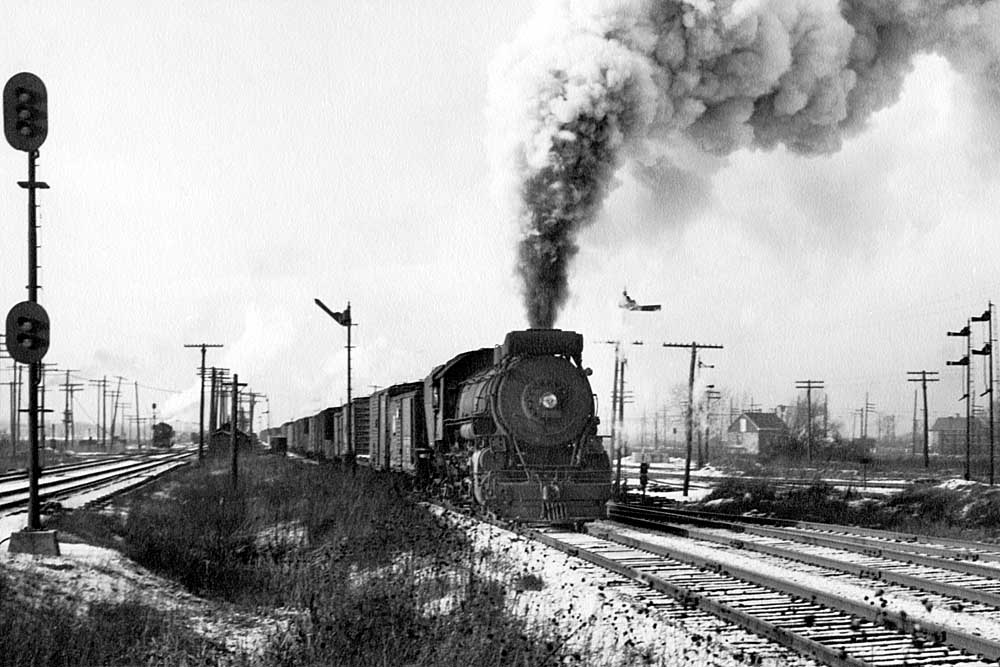
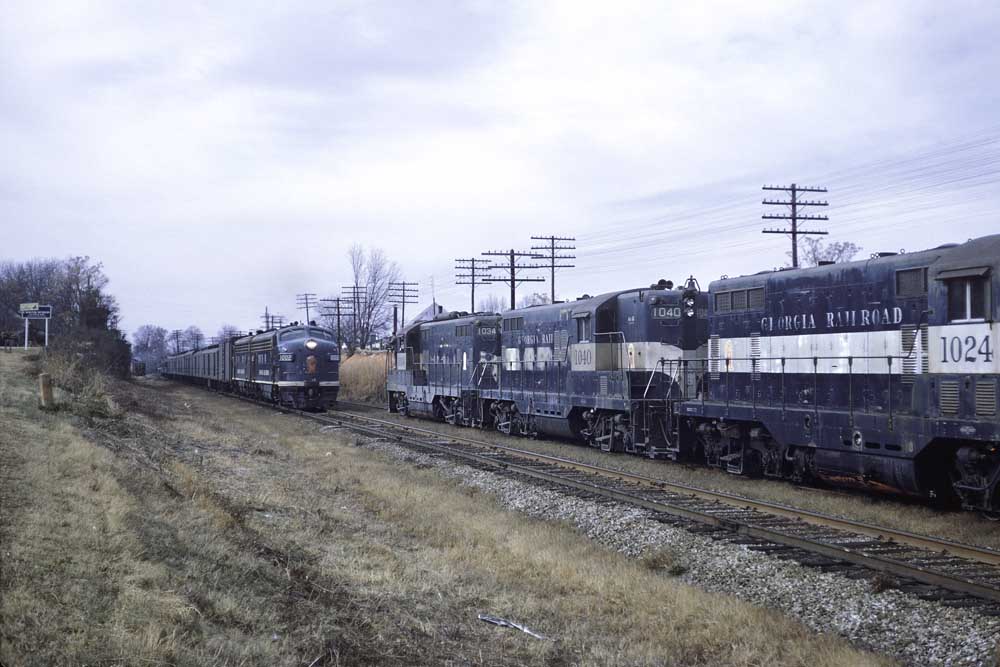
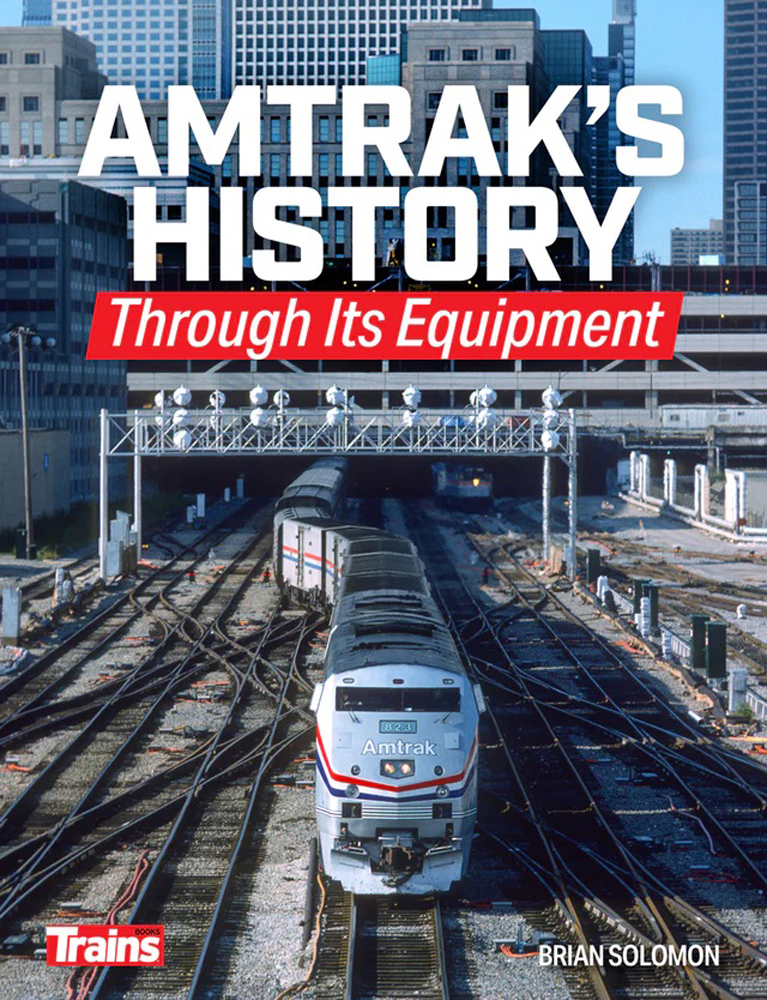

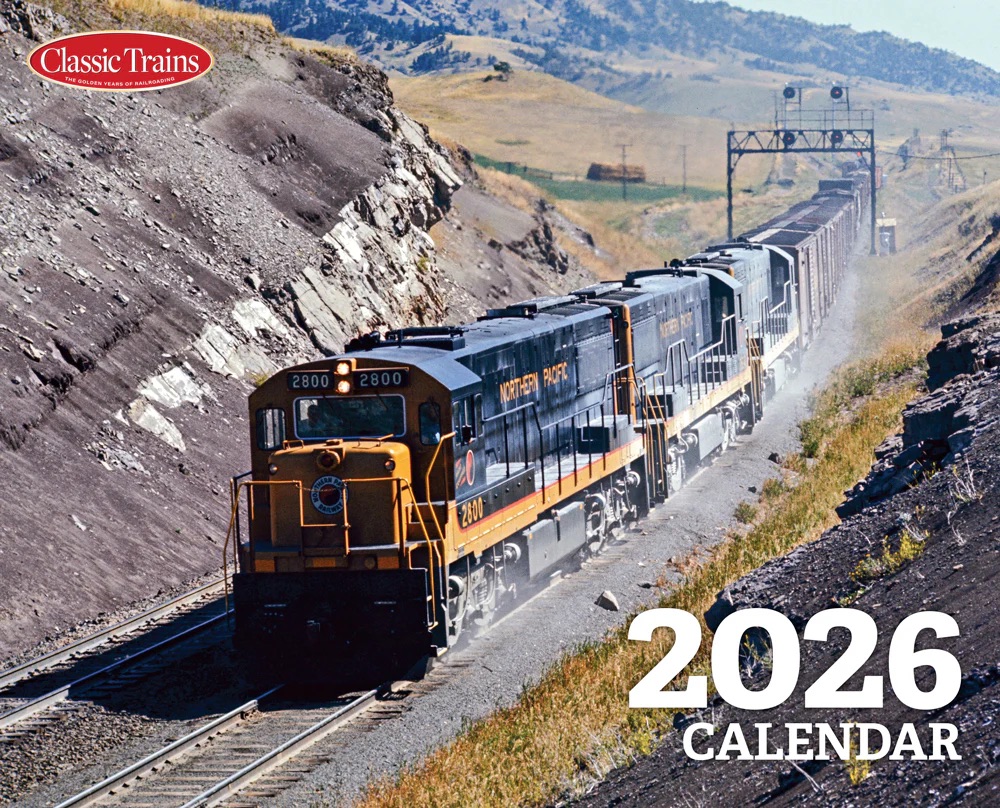
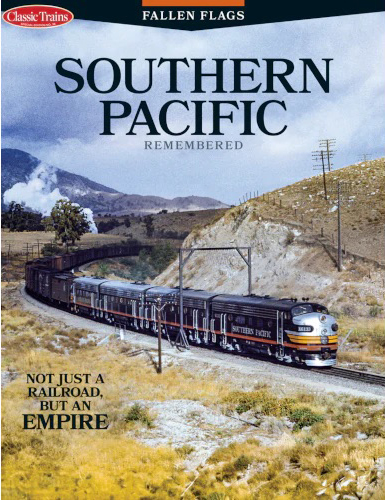
In March 1971 (post-bankruptcy PC, and pre-Amtrak and Conrail eras) I was riding on the Grand Trunk Western, stopping at Durand to board the connecting train for Detroit. Stopped just south of the Durand depot, we passed a northbound Ann Arbor (AA) coal train enroute to Owosso. It would transfer to an ex-New York Central line to reach a power plant in Bay City. Hard to believe given the AA’s physical plant, but PC SD40s were on the head end.
That’s YUMA, YUMA Michigan. Site of a sand mine that supplied the AA with literally TONS of traffic for casting sand. Ford was the major customer. The last customers using the sand from Yuma were various fracking interests nationwide. There has been rumors of reopening the mine but nothing has happened as of this typing.